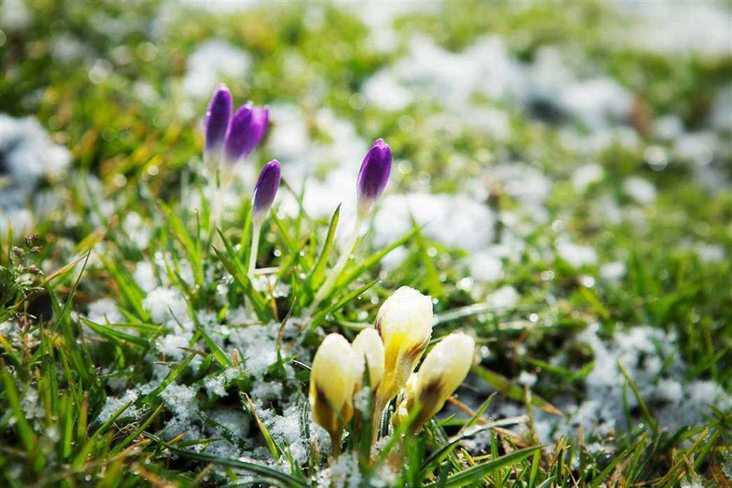
During winter, you will notice your lawn takes on a tan appearance. As snowing continues, your yard will brown completely. Severe winter damage, also commonly known as winter kill, will cause some patches of the lawn to go bare. An explanation as to why this happens is simple: for grass to thrive, it needs sunlight, moisture, and warmth. These conditions are absent during winter, the roots of the turf freeze and inhibit any moisture uptake and there’s barely enough warmth and sunlight to sustain growth.
Once winter is over, the brown turf will start growing again but the bare patches that suffered winter kill may take months to fill again; you may even need to reseed. While your lawn may not require too much maintenance during winter, Winnipeg lawn care companies can help you prepare your lawn before winter to make it more resilient to face the harsh weather.
Winter Lawn Tips
As winter approaches, you need to mow your lawn to a proper height. If you cut the grass too short, it will go into hibernation too early and die by the time winter ends. Turf variants like Kentucky bluegrass should be cut to a length of around 2 1/2″. Grasses like Bermuda and bent grasses can be a little shorter to a length of around 1 1/2 to 2″. Regardless of the type of grass, a general rule of thumb is that the grass shouldn’t be any higher than 3″ in length. Otherwise, it may compress under snowfall and end up causing snow mould and fungus in the spring.
Aerating and weeding your lawn is another thing you need to do before winter begins: Aeration offers a remedy against soil compaction, a common problem lawn owners face. Once you aerate, fertilizer, air, and water can penetrate the soil and feed the roots, strengthening them to face winter. As you aerate, make sure you remove any weeds so that come spring, you will not need to start dealing with a weed problem all over. While on this, it’s very important that you remove all the weeds and debris out of the lawn. Debris can smother the grass and invite damaging pests as well as creating diseased conditions.
Fertilizing should follow right after. Fertilizing right before winter ensures that the fertilizer remains in the soil to feed the roots of your lawn and allows them to build up carbohydrates before the ground freezes. Well-fed turf is more resilient to go through winter and will quickly green up the following spring.
Once winter begins, be aware of traffic. When the lawn is frosted, avoid walking on it too much. As snow covers the lawn, the crown of the plant becomes more sensitive and prone to being crushed. Although dormant grass can withstand a moderate amount of traffic, a heavily walked on path will be slower to green up in the spring.
The winter period can often be unpredictable and your lawn may have to endure some extreme conditions. While it’s natural that your lawns will go off-colour, proper preparation will ensure a beautiful yard once spring rolls in. If you ignore your lawn before winter begins, when spring sets in, it’ll take you longer to have your toes gliding through lush, green grass once again.


